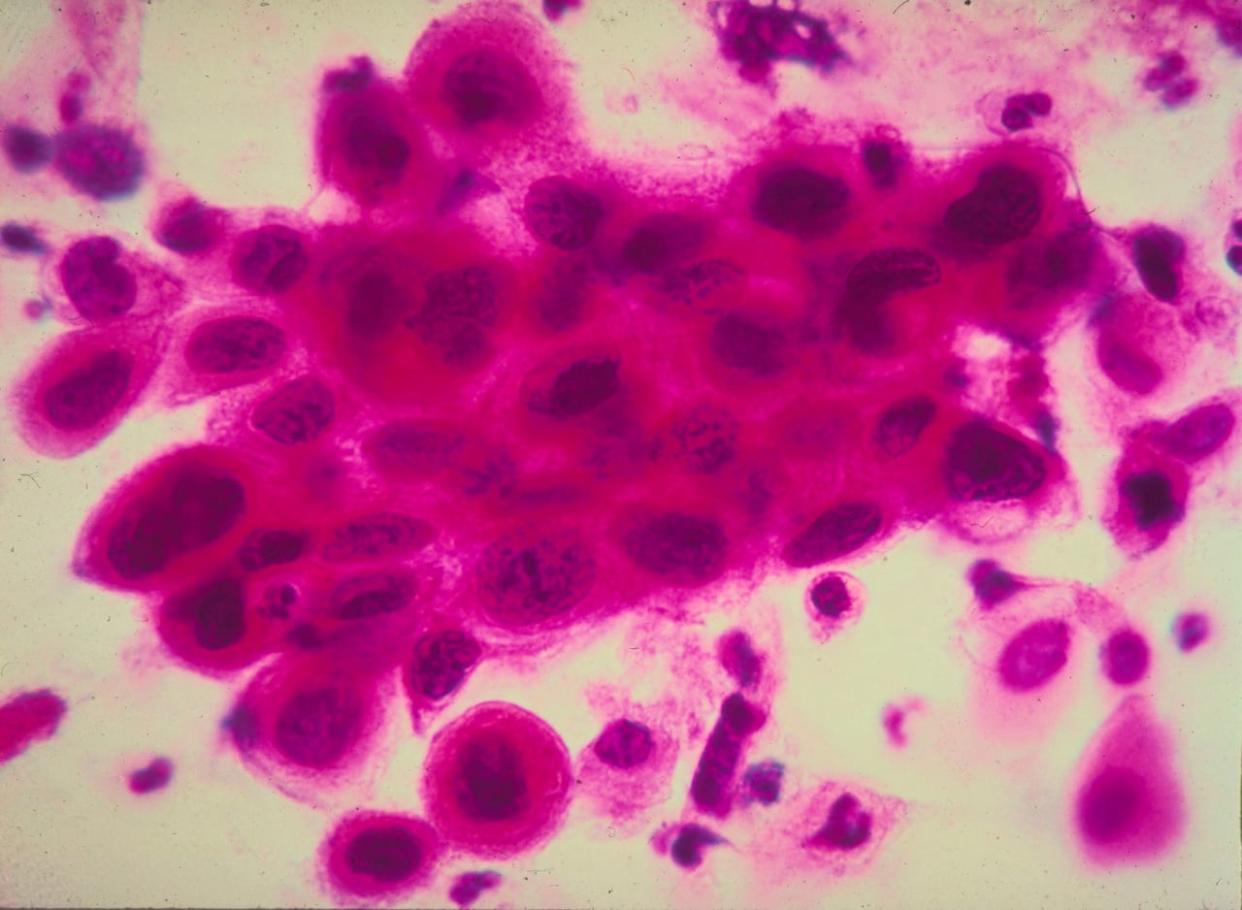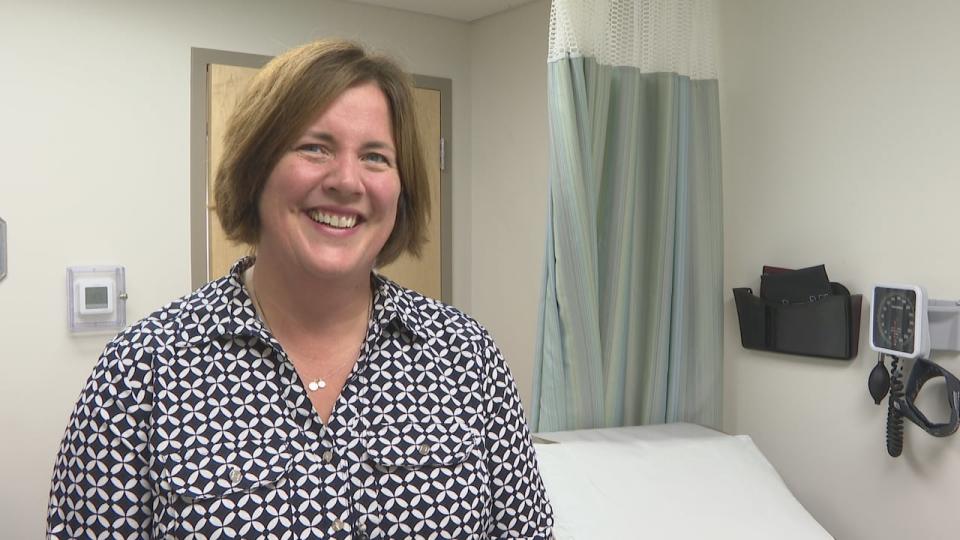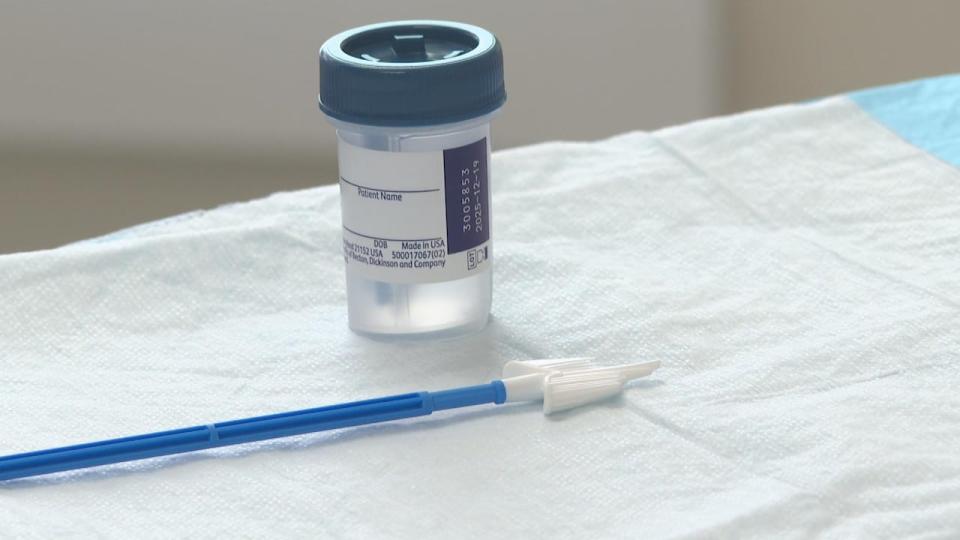P.E.I.'s cervical cancer rate high, but more screening options coming

The latest statistics from the Canadian Cancer Society show cervical cancer is the fastest-increasing cancer in the country for those with a cervix, with Prince Edward Island having one of the highest rates.
According to the report titled Canadian Cancer Statistics 2023, P.E.I. has the third-worst incidence rate among provinces in Canada with 9.3 cases per 100,000 people. Only Manitoba and Newfoundland and Labrador were higher.
The Canadian Cancer Society says cervical cancer has increased 3.7 per cent per year since 2015 across the country, after a 30-year decline beginning in the mid-1980s.
"The increasing trend has been associated with suboptimal screening uptake, including less intensive screening in more recent years, lower coverage in younger females and lack of followup after screening, as well as higher prevalence of HPV due to changing sexual practices and suboptimal coverage of HPV vaccination," the report says.
Dr. Krista Cassell is the head of obstetrics and gynecology at the Queen Elizabeth Hospital in Charlottetown. She said it's concerning to see the P.E.I. rate registering so high in the report, given that the province has generally had between five and eight new cases of cervical cancer annually in recent years.

Dr. Krista Cassell says the goal is to eliminate cervical cancer by 2040 and 'we're feeling quite positive about some of the changes that we've been able to make on P.E.I.' (Sheehan Desjardins/CBC)
Comparing the numbers here to those in other jurisdictions can be tricky because of the province's smaller population, she cautioned.
The territories, for instance, aren't included in some cancer data because of the smaller sample size. "Estimates from less populous provinces and the territories must be interpreted with caution as they can vary considerably from year to year," the report said.
I really do encourage anyone between the ages of 25 and 65 who has a cervix to be screened. — Dr. Krista Cassell
"Obviously, for statistics, that's important because one or two cases up or down makes a big difference and if we graph this out it looks quite wobbly," Cassell told Island Morning host Laura Chapin.
"What we do see over time, since 2015, appears to be that P.E.I. is actually holding its own. Our cases do not appear to be increasing at the same rate as across Canada."
The 2023 report uses actual cancer incidence data up to 2019, for the most part, because of delays in reporting, as well as cancer death data up to 2020.
Looking at the numbers since 2020, instead of the last five to 10 years, Cassell said P.E.I. is more in the range of 8.2 cases per 100,000, "which really falls into the middle of all the provinces, and is a little reassuring that way."
Eliminating cervical cancer by 2040
This year, P.E.I. became one of the first provinces in Canada to replace the traditional Pap tests with HPV tests to detect cervical cancer, as the country strives to eliminate cervical cancer altogether by 2040.
This newer kind of screening tests for the presence of the virus itself before it causes significant cell changes, as opposed to testing for cell changes that have already occurred. Essentially, the HPV test is more reliable than a Pap test and will help minimize unnecessary testing if a negative result comes back.

Prince Edward Island is among the first provinces in the country to replace the pap smear with HPV testing. (Sheehan Desjardins/CBC News)
As well as improved testing, Cassell said providing vaccinations, decreasing transmissions, and committing to more frequent followups are the three big items that will help dramatically reduce cervical cancer in the province.
"We're feeling quite positive about some of the changes that we've been able to make on P.E.I," she said.
For one thing, HPV vaccines have what she termed an "excellent" uptake, with a 90-per-cent participation rate for vaccines offered to children in Grade 6.
Screening rates aren't as high, however, hovering at around 60 per cent.
"I really do encourage anyone between the ages of 25 and 65 who has a cervix to be screened," Cassell said. "We know that some of the people who don't get screened do so because they aren't comfortable coming to their care providers or can't get to a clinic."
At-home test kits are expected to roll out on P.E.I. in the new year, in a process Cassell hopes will boost screening rates across the province.


